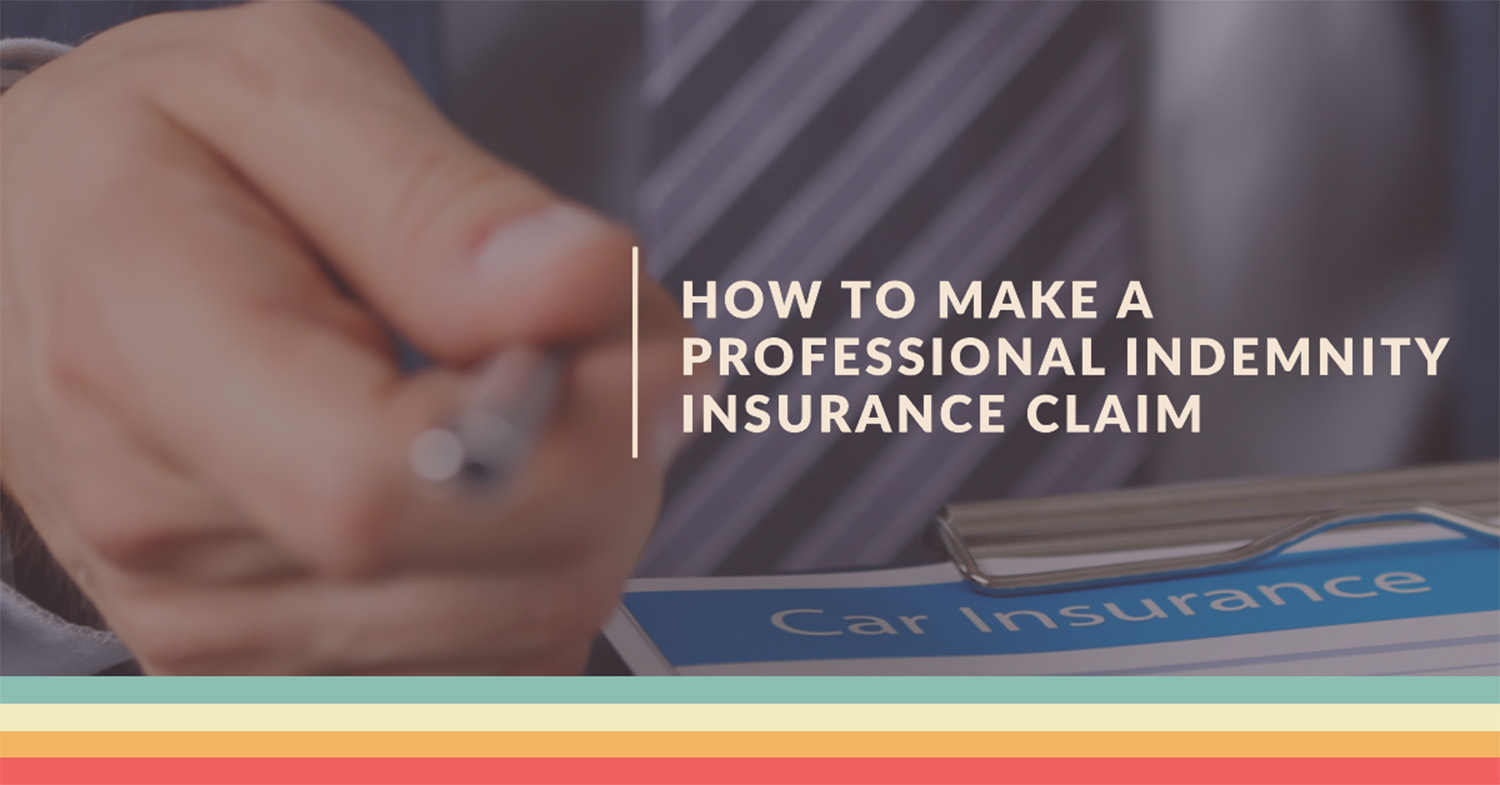If you have Professional Indemnity Insurance in the UAE and need to file a claim, it’s important to know the process. Professional Indemnity Insurance provides protection to professionals like doctors, architects, engineers, and consultants when claims are made against them for mistakes or negligence in their professional services.
This article will guide you through the steps of filing a claim for Professional Indemnity Insurance in the UAE.
Step 1: Review your policy
Before filing a Professional indemnity insurance claim, carefully review your insurance policy to understand the coverage and the claim process. Pay attention to the specific scenarios in which you are eligible to file a claim. Here are some common situations where you may be eligible to file a claim
- Professional errors: If you make a mistake, omission, or error in your professional services that results in financial loss for your client, you may be eligible to file a claim.
- Negligence claims: If a client alleges that you have been negligent in your professional duties and it causes them financial harm, you may have grounds for a claim.
- Breach of duty: If you fail to fulfill your professional obligations, resulting in financial loss for your client, you may be eligible to file a claim.
Step 2: Notify your insurance provider
Once you determine that you have a valid claim, promptly notify your insurance provider. Contact them directly and inform them about the situation. They will guide you through the next steps and provide you with the necessary claim forms and documentation requirements.
Step 3: Gather supporting documents
To support your claim, gather all relevant documents and evidence. This may include:
- Contracts or agreements related to the professional services rendered.
- Correspondence with the client regarding the claim.
- Any documentation that proves your innocence or lack of negligence.
- Financial records or invoices related to the services provided.
Step 4: Complete the claim form
Fill out the claim form provided by your insurance provider. Ensure that you provide accurate and detailed information about the incident, including dates, parties involved, and the nature of the claim. Attach any supporting documents as required.
Step 5: Submit the claim
Submit the completed claim form along with the supporting documents to your insurance provider. Follow their instructions regarding the submission method, whether it’s through email, mail, or an online portal. Make sure to keep copies of all the documents for your records.
Step 6: Cooperate with the insurance company
Once your claim is submitted, cooperate fully with the insurance company throughout the claim process. They may conduct investigations, gather additional information, or request further documentation. Respond promptly and provide any assistance they require.
Step 7: Claim evaluation and resolution
The insurance company will evaluate your claim based on the terms and conditions outlined in your policy. They will determine if the claim is valid and covered under your Professional Indemnity Insurance. If the claim is approved, they will proceed with the settlement process. The settlement may involve financial compensation to the claimant or legal representation.
Step 8: Seek legal advice if necessary
If your claim is complex or disputed, it may be helpful to seek legal advice. Consult with a lawyer who specializes in Professional Indemnity Insurance claims to ensure that your rights and interests are protected.
Remember, the specific claim process may vary depending on your insurance provider and policy. Always refer to your policy documents and follow the instructions provided by your insurance company. By understanding the process and acting promptly, you can navigate the claim process effectively and seek resolution for any valid claims under your Professional Indemnity Insurance.


